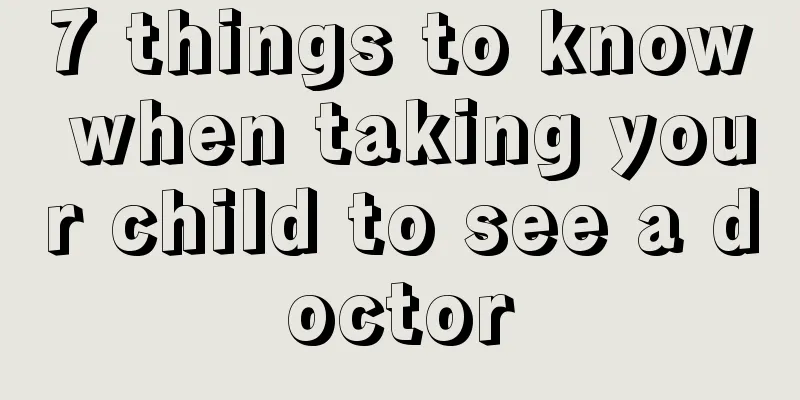What should I do if the fetus has unilateral choroid plexus cyst?

|
Some pregnant women went to the hospital for an ultrasound check-up at 16 weeks of pregnancy and found that the fetus had a choroid plexus cyst on the left side, which was about 9×5 mm in size. Then when they went for another check-up at 21 weeks of pregnancy, they found that the cyst had become a little smaller. So they don’t know how harmful this choroid plexus cyst is to the body? Will it have any impact on the baby? Can the cyst be absorbed by itself? What should be done if there is a unilateral choroid plexus cyst? Choroid plexus cyst refers to small cysts with a diameter of ≥3 mm in the choroid plexus of the lateral ventricle that are found during fetal ultrasound examination at 14 to 24 weeks of gestation. More than 90% of fetal choroid plexus cysts disappear after 26 weeks of gestation, and only a few show progressive enlargement. When a choroid plexus cyst is detected, it should be combined with other clinical data to further perform amniocentesis for amniotic fluid cell culture or umbilical cord puncture for umbilical blood culture to exclude chromosomal abnormalities such as trisomy 18 and trisomy 21. Choroid plexus cysts may also occur in normal fetuses, but most of them disappear after 26 weeks. If it does not disappear after 26 weeks and is bilateral, the baby should undergo a brain examination and a chromosome examination of the umbilical cord blood cells after birth. If it can disappear, there will be no compression and increased intracranial pressure, and the intelligence or other aspects after birth will not be affected by the "choroid plexus cyst". When a choroid plexus cyst is detected, it should be combined with other clinical data to further perform amniocentesis for amniotic fluid cell culture or umbilical cord puncture for umbilical blood culture to exclude chromosomal abnormalities such as trisomy 18 and trisomy 21. Choroid plexus cysts may also occur in normal fetuses, but most of them disappear after 26 weeks. Choroid plexus cysts may also occur in normal fetuses, but most of them disappear after 26 weeks. If it does not disappear after 26 weeks and is bilateral, the baby should undergo a brain examination and a chromosome examination of the umbilical cord blood cells after birth. The area of the cyst is constantly growing, so you must pay attention to it, because this situation can easily affect the normal development of brain tissue. You must pay attention to it at ordinary times. It can be absorbed slowly and well, so there is no need to worry about this problem. |
<<: What should I do if my baby has a cyst in his brain?
>>: What should I do if my child's penis foreskin is damaged?
Recommend
What to do if your child loves to sweat
Nowadays, many children like to sweat a lot. In a...
What to do if your six-month-old baby won’t sleep?
What should I do if my six-month-old baby doesn’t...
Teenagers often have nosebleeds
Teenagers aged 14 and 15 are a group that likes t...
Is it good for babies to take a bath every morning?
Many people have the habit of taking a bath in th...
How to deal with baby’s fever caused by bacteria?
Fever is a common disease. Fever is caused by bac...
Is it right to drink apple water when the baby is constipated?
Constipation is a common disease. Not only adults...
Why does a child have a recurring fever in a week?
Young children have low resistance and immunity, ...
The child's urine is a little red
We all know that normal people's urine is lig...
Standard height and weight for 11-year-old girls
Among the expectations for their children, one is...
Newborn vomits amniotic fluid
Many mothers, when they meet their babies after g...
Why do children get appendicitis?
Acute appendicitis is a common acute abdomen in p...
Why does my baby sleep lightly?
Everyone knows that sleep has a very important im...
Side effects of cod liver oil for babies
Every parent hopes that their children can grow u...
How to treat baby's sinusitis?
Nowadays, the economy is developing faster and fa...
What is the height and weight of a 20-month-old baby?
Mothers can notice that babies change very obviou...









